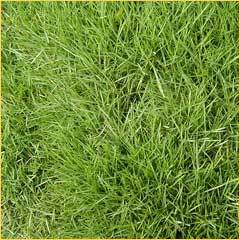Kingdom: Plantae
(unranked): Angiosperms
(unranked): Monocots
(unranked): Commelinids
Order: Poales
Family: Gramineae
Genus: Cynodon
Species: C. dactylon
Binomial name Cynodon dactylon
Common names
Couch grass, green couch (Australia), Bermuda grass (United States), kabuta (Fiji), dhoub grass (Bangladesh), Bahama grass, quick grass (South Africa), chepica brave, came de niño, pate de perdiz, gramilla blanca (Peru), hierba-fina (Cuba), griming, tigriston (Suriname).
Description
A variable perennial, creeping by means of stolons and rhizomes, eight to 40 culms, (rarely) to 90 cm high: leaves hairy or glabrous, three to seven spikes (rarely two), usually 3-6 cm long and in one whorl, or in robust forms up to ten spikes, sometimes in two whorls: spikelets 2-3 mm long, rachilla often bearing a reduced floret (Chippendall, 1955). It differs from Digitaria scalarum (African couch) in the vegetative stage in that there is no obvious membranous ligule where the leaf-blade joins the sheath (Ivens, 1967).
Distribution
Wheeler (1950) says the best evidence is that is originated in Asia, particularly India, and has now become pan-tropical.
Altitude range
Sea-level to 2 300 m.
Rainfall requirements
It usually occurs over a range of 625-1 750 mm of annual rainfall.
Drought tolerance
Good. The rhizomes survive drought well. Coastal Bermuda grass has proved very drought resistant in Georgia, United States.
Soil requirements
There are varieties adapted for a wide range of soils. Coastal Bermuda prefers well- drained, fertile soils, especially heavier clay and silt soils not subject to flooding, well supplied with lime and high-nitrogen mixed fertilizers. Lawn couch grass is most frequently grown for sale on sandy loams easy to dig and rebuild.
Ability to spread naturally
C. dactylon spreads quickly by rhizomes and stolons, and less obviously by seed.



